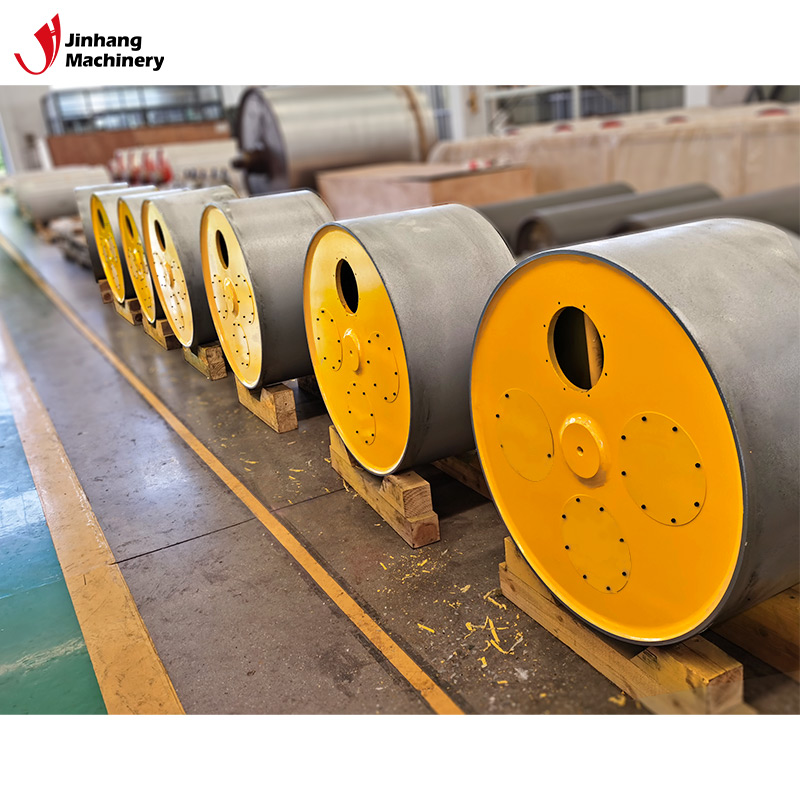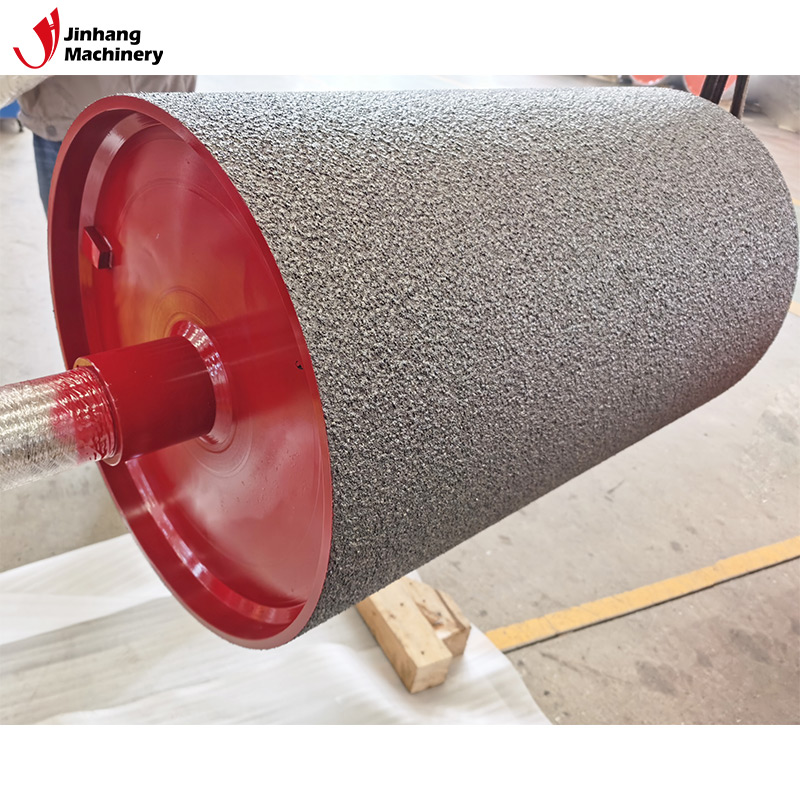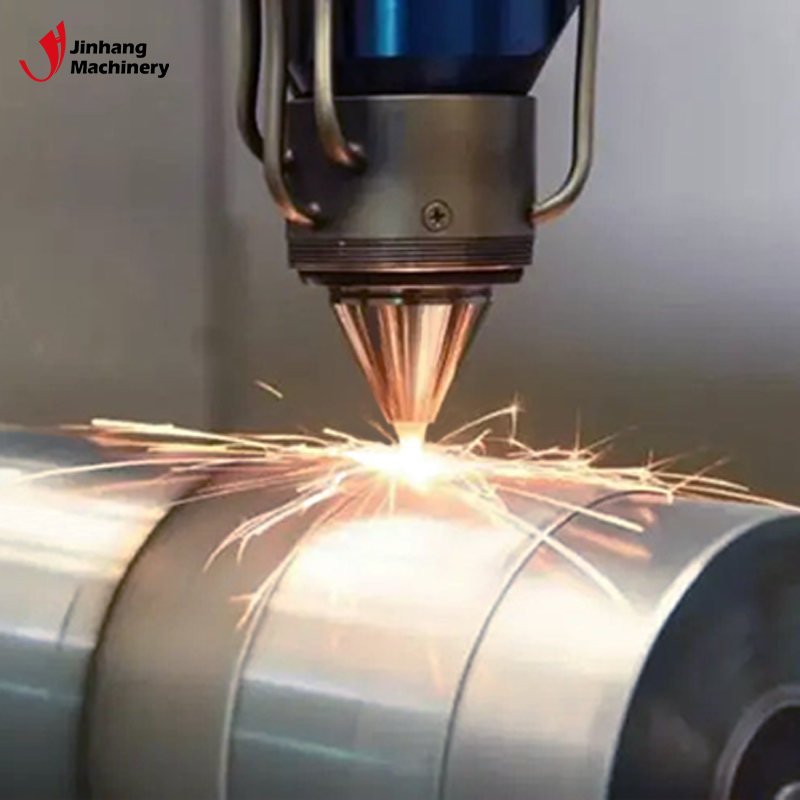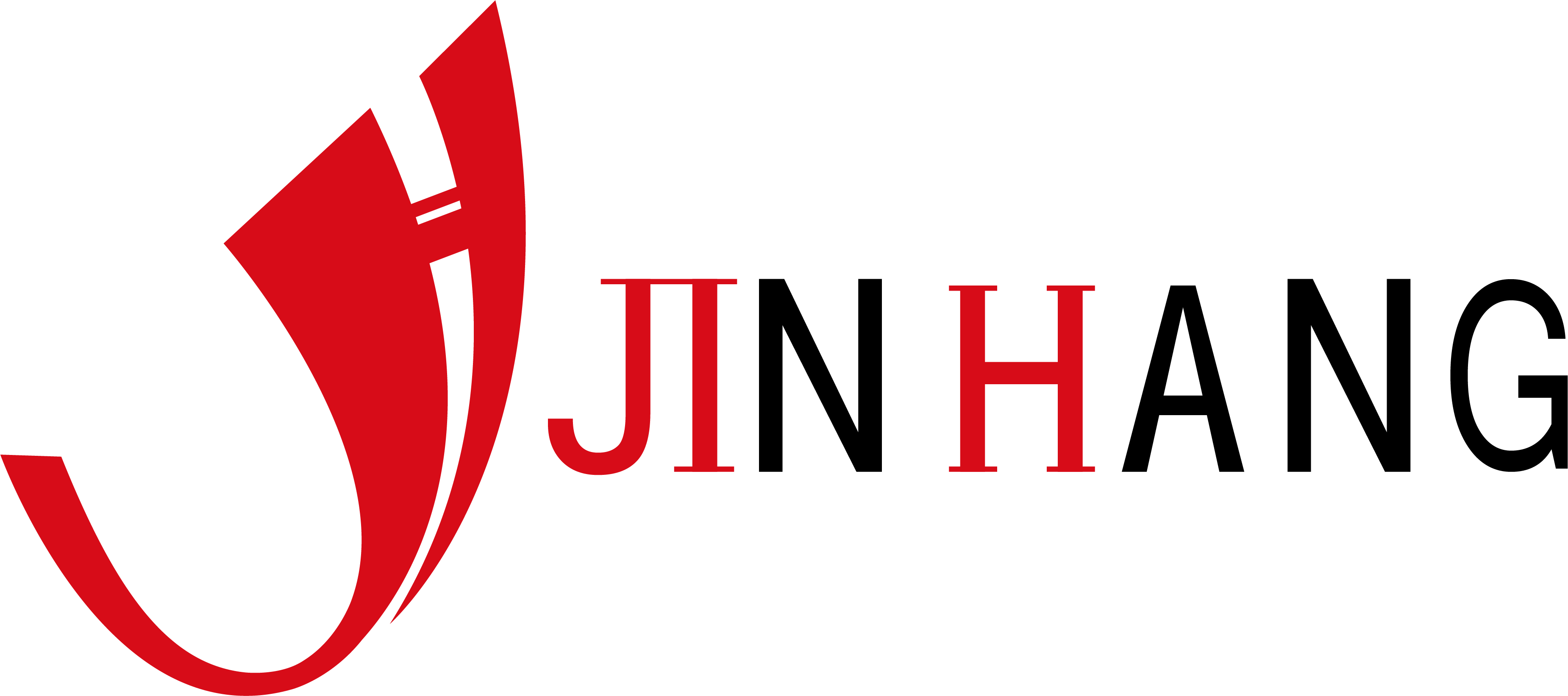Which industries need to use ceramic anilox roller?
As a key printing equipment, ceramic anilox roller plays an important role in multiple industrial fields. Its main function is to precisely control the transfer and coating of ink to ensure high quality and consistency in the printing process. Due to its superior wear resistance and corrosion resistance, ceramic anilox roller is widely used in many industries.
This article will explore the definition, working principle, characteristics, and specific applications of ceramic anilox roller in different industrial fields to help readers better understand the wide range of uses and importance of this equipment.

What is ceramic anilox roller?
Ceramic anilox roller is a roller with a ceramic coating on the surface, which is widely used in printing and coating equipment. Its core function is to accurately transfer a certain amount of ink or other coating to the printing or coating surface through the tiny grooves of the surface texture. The surface texture of ceramic anilox roller is usually made by laser engraving process, and the shape, depth and arrangement of the grooves will directly affect the amount and quality of ink transfer.
What are the advantages of ceramic materials?
Ceramic materials have unique physical and chemical properties that make ceramic anilox rollers perform well in many demanding working environments. Compared with traditional metal anilox rollers, ceramic anilox rollers have the following significant advantages:
● Strong wear resistance: Ceramic materials have a very high hardness and can effectively resist wear and extend the service life of the anilox roller.
● Excellent corrosion resistance: Ceramic materials have a high tolerance to corrosive chemicals such as acids and alkalis, and are suitable for use in various chemical environments.
● High surface finish: The smooth surface of ceramics can accurately control the transfer of ink and improve the accuracy and consistency of printing.
● Easy to clean: The ceramic surface is not easy to adhere to ink or other coatings, which is easy to clean and helps to reduce downtime.
How does the ceramic anilox roller work?
The surface of the ceramic anilox roller is covered with a fine mesh structure, which is usually formed on the ceramic coating through laser engraving technology. When working, the ceramic anilox roller brings the ink or coating out of the ink tank by rotating, and the ink or coating fills the grooves in the mesh. When the roller contacts the printing or coating surface, the ink or coating is transferred to form a uniform pattern or coating. The shape and density of the anilox pattern determine the amount of ink transferred, which affects the final printing or coating effect.

What are the main application industries of ceramic anilox roller?
The wide application of ceramic anilox roller is due to its excellent performance in precision coating and printing. The following are the specific application scenarios of ceramic anilox roller in different industrial fields.
Packaging and printing industry
The packaging and printing industry is one of the most common application areas of ceramic anilox roller. In flexographic printing and gravure printing, ceramic anilox roller is used to control the amount of ink transferred to ensure that the patterns on the printed products are bright in color and clear in lines. Due to the high wear resistance and precision of ceramic anilox roller, it can maintain stable ink transfer performance during long-term high-intensity work, reduce color difference and defects in printing, and improve the quality of packaging and printed products.
For example, in the production process of food packaging, high-precision printing technology is required to ensure that the information and patterns on the packaging are clearly visible and the colors are consistent. The high-precision anilox roller can effectively reduce ink waste while ensuring consistent printing quality for every package.
Label and film printing industry
Label and film printing have extremely high requirements for printing quality, as these products are often used in industries such as food, pharmaceuticals and cosmetics that have strict requirements for printing accuracy. Ceramic anilox rollers perform well in these applications, controlling the thickness and uniformity of ink, ensuring smooth surfaces of labels and films without obvious color differences or printing defects. In addition, the corrosion resistance of ceramic anilox rollers enables them to resist the erosion of various chemicals during the printing process and extend the service life of the equipment.
Paper coating industry
In the paper coating industry, ceramic anilox rollers are widely used in coating machines to evenly apply the coating to the surface of the paper. The coating process requires uniform coating thickness and a smooth and flawless surface, and ceramic anilox rollers can achieve this goal through their precise anilox structure. Whether it is coating ink, glue or other functional coatings, ceramic anilox rollers can provide stable coating effects to ensure the coating quality of the paper.
For example, when producing high-end art paper or photo paper, the coating uniformity and glossiness are extremely high. Ceramic anilox roller can provide excellent coating effects in this demanding environment and meet the strict requirements of customers.
Glass and ceramic coating industry
Glass and ceramic coating is an area that requires extremely high coating accuracy. Ceramic anilox roller can provide uniform coating in these applications to ensure the smoothness and functionality of the product surface. Since glass and ceramic products often need to be coated with wear-resistant, anti-corrosion or conductive coatings, the chemical resistance and high-precision coating capabilities of ceramic anilox roller make it an ideal choice in this field.
For example, when producing coated glass or ceramic utensils, ceramic anilox roller can ensure uniform distribution of coating and avoid surface defects such as bubbles and scratches, thereby improving product quality and market competitiveness.
Plastic film production industry
The production process of plastic film usually involves multiple coating and printing steps, requiring the coating thickness to be accurate and uniform. The high wear resistance and chemical resistance of ceramic anilox roller make it excel in the production of plastic film. It can maintain a stable coating effect under high temperature and chemical environment, ensuring the surface quality and functionality of plastic films.
For example, when producing antistatic films or waterproof films, ceramic anilox rollers can accurately control the thickness of the coating to ensure consistent quality of each batch of products and meet customers' strict requirements for product performance.
Battery manufacturing industry
In the battery manufacturing process, especially in the production of lithium batteries, ceramic anilox rollers are used to coat electrode materials and diaphragm materials. Since lithium battery production requires a very uniform coating thickness, the high precision and high wear resistance of ceramic anilox rollers make them key equipment in this field. It can ensure that the electrode material is evenly distributed, thereby improving the energy density and charge and discharge efficiency of the battery.
For example, in the coating process of lithium batteries, ceramic anilox rollers can ensure a consistent coating thickness, avoid the problem of unstable battery performance, and thus improve the overall performance and safety of the battery.
Textile printing and dyeing industry
Ceramic anilox rollers are also needed in the coating and printing processes in the textile printing and dyeing industry. They are used to apply dyes, coatings or adhesives on the surface of fabrics to ensure uniform color and clear patterns. The wear resistance and corrosion resistance of ceramic anilox roller enable it to maintain stable performance during long-term high-intensity work, reduce color difference and defects in fabric printing and dyeing, and improve product quality.
For example, when producing high-end clothing fabrics, ceramic anilox rollers can ensure uniform dye coating, making the fabric color consistent and fine in texture, meeting the needs of the high-end market.

How to choose a suitable ceramic anilox roller?
When choosing a ceramic anilox roller, you need to consider the following key factors based on the specific application scenario and production needs:
Anilox type
Different anilox types are suitable for different coating and printing requirements. For example, fine anilox is suitable for high-precision printing and coating, while coarse anilox is suitable for the transfer of thicker coatings.
Anilox depth and shape
The depth and shape of the anilox directly affect the amount of ink or coating transferred. The appropriate anilox depth and shape need to be selected according to the requirements of coating or printing to ensure product quality.
Roller material
Although ceramic is the main material of anilox roller, the base material of the roller still needs to be selected according to the specific application. Common substrates include metals such as steel and aluminum, and factors such as the temperature and chemical corrosion of the working environment need to be considered.

JH Machinery is your go-to manufacturer for customized industrial rolls in China. Operating since 2001, we have extensive experience in designing and producing rolls like heating rolls, ceramic anilox rollers, and rubber rolls. Industries such as mining, automotive, and printing rely on our ISO9001-certified facility for durable and precise products. Buy from us at wholesale prices and enjoy reliable after-sales service. Partner with JH Machinery for quality and affordability.
